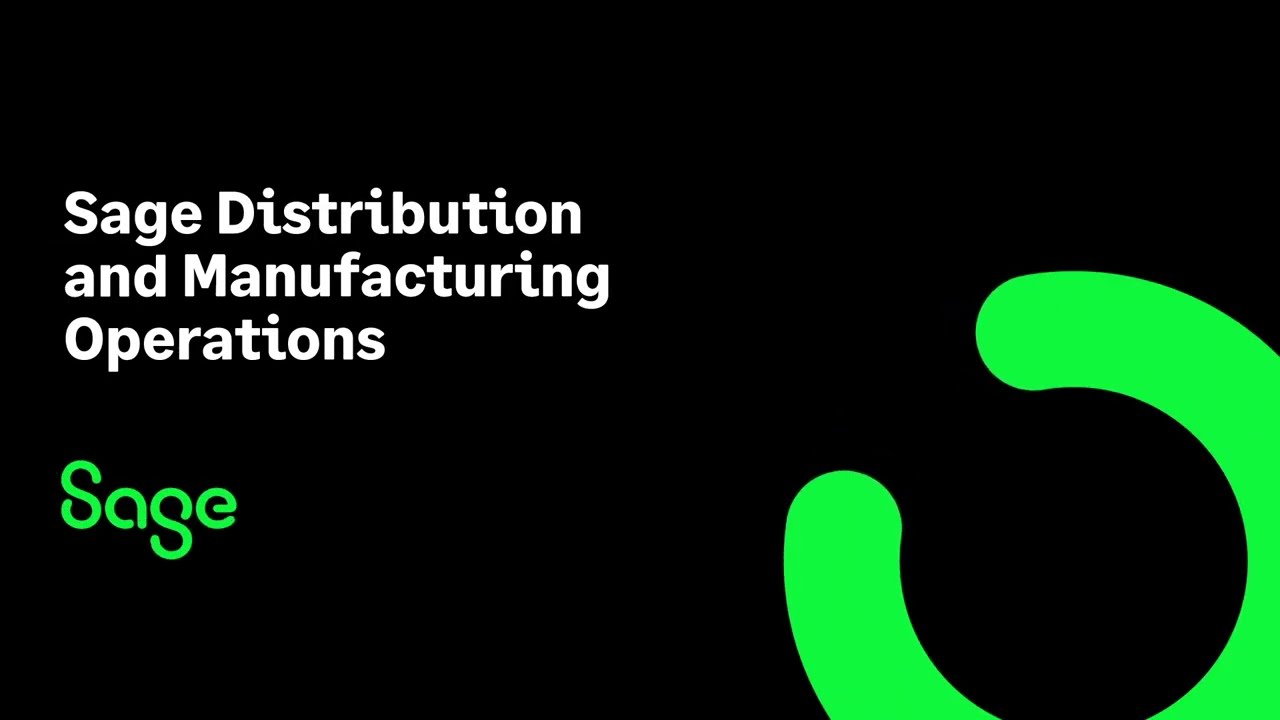On November 9, 2023, Acumatica announced it was the first ERP solution to integrate with Shopify’s B2B commerce capabilities – providing a single tool to manage omnichannel sales experience.
Acumatica initially announced in July 2022 an expansion of its partnership with Shopify to support Shopify’s new business-to-business (B2B) solution. This integration allows merchants to manage their B2B and direct-to-consumer (DTC) stores in a single platform, providing a streamlined buying experience for wholesalers and their customers. It was scheduled to become available to Acumatica customers in two phases, with the first phase scheduled for completion in September 2022 and the second in 2023.
About Shopify
History
- Shopify was founded in 2006 by Tobias Lütke, Daniel Weinand, and Scott Lake.
- Powers over 1,000,000 businesses worldwide.
- Contributed $319 billion in global economic activity from 2016 to 2019.
- Known for its user-friendly interface, customizable templates, and a wide range of features and integrations.
Shopify is a widely used platform by businesses of all sizes, ranging from small startups to large enterprises. It caters to various industries and is a popular choice for e-commerce solutions.
- Fashion and apparel
- Health and beauty
- Home and Garden
- Food and beverage
- Electronics and gadgets
Shopify is known for its: e-commerce platform and robust features.
- Ease of use: Shopify has a user-friendly interface that makes creating and managing an online store easy, even without experience.
- Customizable templates: Shopify offers many templates businesses can use to create a unique and professional-looking online store.
- Wide range of features and integrations: Shopify offers a wide range of features and integrations businesses can use to enhance their online store, such as payment processing, shipping, marketing, and analytics.
Acumatica Q&A: Shopify Integration
To understand the announcement better, I contacted Acumatica’s Josh Fischer, the director of product management and retail. Fischer provided the following responses to my questions about this Acumatica/Shopify announcement.
- What has changed since Shopify joined the Acumatica platform in 2020 with version 2020R2?
- Josh Fischer: Since Shopify was added to the Acumatica platform in 2020, there have been significant changes. The initial release focused on the “table stakes” features. The basic expectations include syncing customers, orders, products, inventory and shipment information. Since then, we’ve begun to support Shopify POS and its omnichannel features. The enhancements with 2023 R2 extend beyond the existing integration with Shopify’s consumer-oriented e-commerce applications, focusing specifically on incorporating Shopify’s B2B capabilities. The result is a comprehensive solution that caters to mid-market B2B companies, providing them with a cost-effective, flexible and intuitive tool seamlessly integrated into the same system that manages their day-to-day business operations.
- In addressing the needs of B2B organizations seeking to provide their B2B buyers with direct-to-consumer-like experiences, this integration serves as a bridge between modern online shopping experiences and traditional B2B purchasing methods. The goal is to offer businesses a unified solution that not only streamlines their operational workflows but also facilitates a smooth transition into the evolving landscape of omnichannel sales, providing them with the tools needed to navigate this shift effectively.
- Are these all synchronized changes, or is any portion a manual export/import?
- Josh Fischer: No, we want to help merchants get away from manual export/import processes. The solution is a native integration between Acumatica and Shopify, which synchronizes many data points such as customers, companies, products, orders, inventory levels and many others between the two systems. Many of these data synchronizations can be configured to sync in real-time, meaning that when a buyer submits their order in Shopify, that same order will flow into Acumatica within seconds. Syncs can also be set to a schedule, such as hourly shipment notifications. The merchant has tools for manually pushing and pulling data, but everything is done through an easy-to-use interface, with no need to export to Excel before importing to the other system.
- What specific improvements did this specific Shopify enhancement add?
- Josh Fischer: B2B merchants want their buyers to see their specific negotiated prices when searching through products online. In some cases, the B2B merchant offers simple pricing tiers, such as bronze, silver and gold. In other cases, the pricing can be quite complex.
- For example, one of our merchants sells to retailers. Each retail location has its own buying volume based on the volume of that retail location, so the merchant offers unique pricing to each of the retail buyer’s different locations. For example, the retail locations in Cincinnati may receive 5% off all products, while the locations in New York City receive 10% off all products. These pricing strategies are configured and managed in Acumatica and then pushed to Shopify as price lists, giving each buyer their personalized buying experience.
- What, if any, added steps would users need to take during an upgrade because of this Shopify integration?
- Josh Fischer: If a merchant is already using Shopify Plus with Acumatica and upgrading from an older version of Acumatica to 2023 R2, they can utilize these new Shopify B2B features with Acumatica almost immediately. The merchant would only need to make one update within the ERP. This update is a new feature that’s been added, which allows a merchant to distinguish a customer record as either a “Consumer/Individual” or an “Organization.” Once this setting is accurate for each customer, the user will be ready to sync their customers to Shopify and distinguish whether the buyer is a company or a consumer. Additionally, if the merchant has pricing structures associated with business buyer locations, they must ensure that each B2B buyer is associated with their appropriate location(s).
- Does Shopify B2B (launched with 2023 R2 on October 5, 2023) allow companies to place their own orders, pay invoices, and obtain copies of invoices on demand?
- Josh Fischer: Yes, with the integration with Shopify’s B2B e-commerce features, businesses can use Acumatica’s platform to facilitate the omnichannel sales experience. This includes seamlessly placing orders on Shopify and then fulfilling those orders from within Acumatica. Using Shopify’s B2B solutions, merchants can offer flexible payment options, including account terms. If a buyer places an order on account terms, they can later return to their orders in Shopify and settle pending invoices.
- We’ve also added the capability for merchants to export offline orders to the buyers’ Shopify accounts. Suppose a buyer places an order over the phone. In that case, the merchant can configure those orders to be exported to Shopify so the buyer will see their history of past orders, providing users with flexibility and convenience. Additionally, the integration offers real-time data visibility, providing merchants comprehensive insights into their business performance. This empowers leaders to make informed decisions efficiently and strategically based on current and accurate information.
- Are there any additional fees from Acumatica for this (and if so what are they)?
- Josh Fischer: There are no additional costs to the customer or merchants for viewing or paying past invoices via Shopify. These solutions are included in Acumatica Cloud ERP with Acumatica’s Shopify Connector.
- If this integration is turnkey, would a company still have to hire a web developer to create their Shopify site? Or could a reasonably capable customer create their own Shopify site?
- Josh Fischer: Deploying a Shopify e-commerce site is a relatively intuitive process that can be done without touching code or having web development skills. Shopify offers many educational resources via Shopify University, plus there is an abundance of YouTube tutorials, blog articles and even Shopify’s own community, which answer many of the common questions that arise during the launch of a Shopify site.
- We have merchants who have deployed Shopify and the Acumatica connector with their staff, and they are successfully scaling their business today with these solutions.
- That said, working with a specialist or a digital agency is a great way to ensure that your vision of your buyer’s purchasing experience comes to life. Every business has its own unique needs. In some cases, they have unique buyer workflows and scenarios. Thousands of Shopify agencies can help you with this process, and if ever needed, Acumatica has a roster of strong agencies familiar with both Shopify and Acumatica. We’ll be happy to introduce you.
Summary
This integration has the potential to benefit manufacturers and distributors seeking to broaden their market reach by selling across multiple platforms.
Wholesalers and buyers can use Shopify’s solution to manage B2B and direct-to-consumer (DTC) stores in a single platform.
Acumatica stresses that this integration is, for the most part, real-time and seamless. Companies with limited e-commerce skills may be able to create their own sites out of the box, but working with a skilled web developer would be a smart move for the best results.




